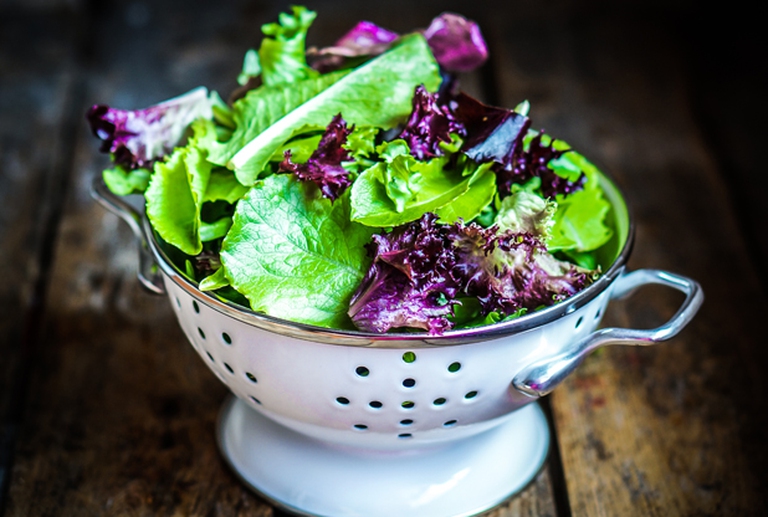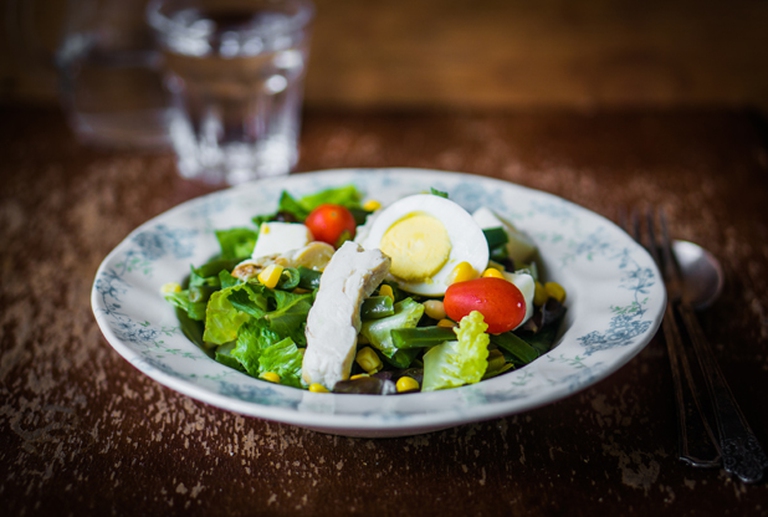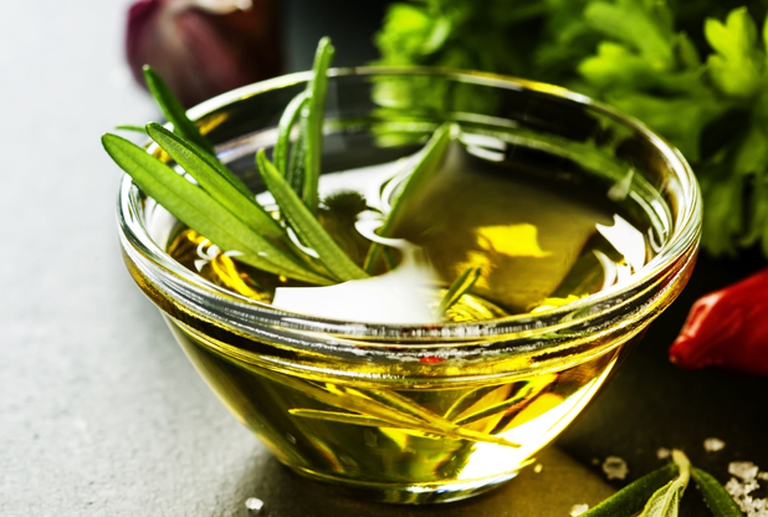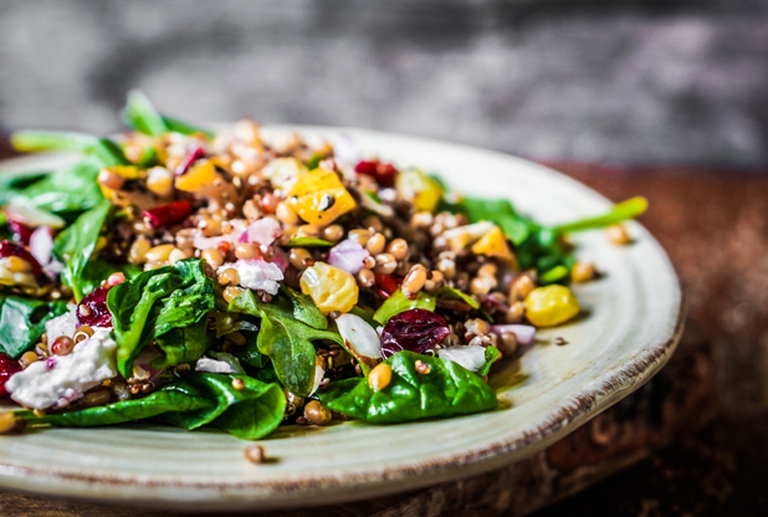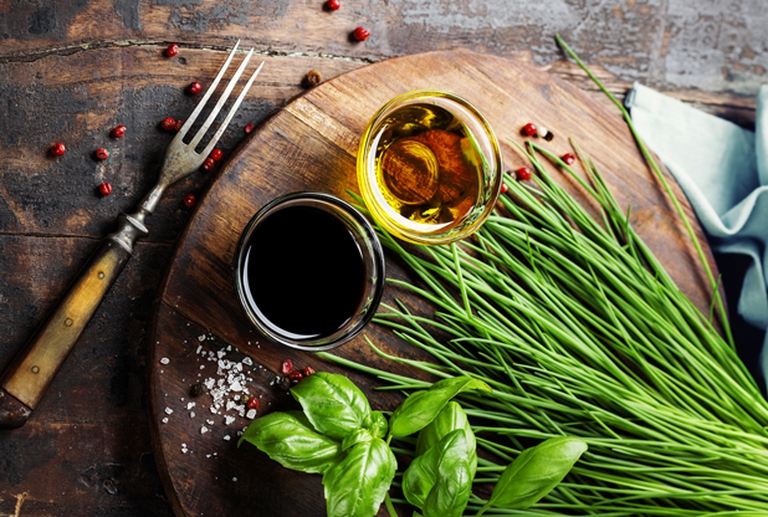To prepare a main-course salad you should follow a few simple rules. Sometimes people don’t abide strictly by the recommended amount of ingredients and they double or, on the contrary, half one of them. These wrong proportions change substantially the benefits of our main-course salad: e.g. it can be too high in calories or poor
To prepare a main-course salad you should follow a few simple rules. Sometimes people don’t abide strictly by the recommended amount of ingredients and they double or, on the contrary, half one of them. These wrong proportions change substantially the benefits of our main-course salad: e.g. it can be too high in calories or poor in important nutrients.
Here are 5 things to avoid when preparing a balanced salad:
1 Use few vegetable varieties
The green lettuce is the main ingredient of our salad, but if it is the only one, we are missing out on some of the other vegetables benefits. A study conducted by the Colorado State University reveals that people who eat a broader array of vegetables (18 botanical families instead of 5) for two weeks, take in a larger amount of antioxidants that slow down the ageing process and help fighting cancer. Another study, which evaluated 450,000 people and assessed their consumption of commonly eaten vegetables, showed that, regardless of quantity, the odds of lung cancer decreased when a wider variety of vegetables is consumed. Every plant contains unique types of antioxidants, nutrients and anti-cancer substances, that’s why eating a wide variety of vegetables exposes the body to a broader spectrum of protection. The minimum amount to be consumed in order to take advantage of these benefits is at least two cups a day of vegetables with different colours, including green (lettuce and spinach), violet (red cabbage and beetroot), red (tomato and radish), yellow (pepper), white (daikon and onion) and so on. Obviously, vegetables should be fresh, seasonal and organic!
![varietà insalata]()
2 Proteins: too much or too little
A complete salad should include the right amount of proteins. You don’t need to overload it with chicken, eggs, cheese or diced ham. An animal or vegetable protein is enough: boiled beans or diced mozzarella or tuna and anchovy or chicken… It is even wrong to completely avoid proteins. Proteins are an essential meal component because they boost satiety, regulate the glycaemia, accelerate the metabolism and provide raw materials for maintaining and building lean tissues, hormones, healthy hair, skin and immunity cells. An excessive amount of protein, on the other hand, leads to weight gain. Briefly, the body requires a certain quantity of protein for maintenance and healing. For a healthy salad you’d better choose half a cup of vegetable proteins such as lentils or beans, 1 egg, half a cup of ricotta, a few tuna fillets, 80 g of lean meat or fish. Those who usually include more than a type of proteins in their salad should reduce the portions of all of them.
![insalata con-proteine]()
3 A little oil or no oil at all
Fats are an important structural component of cell membranes, brain, hormones and skin. Healthy fats reduce inflammation, boost satiety and improve the absorption of vitamins and fat soluble antioxidants, which require fats to be transported to the digestive system into the bloodstream. A few years ago, researchers of the Iowa State University assessed the absorption of antioxidants when men and women ate fat-free, low-fat and full-fat salad dressing. They found that those who ate fat-free salad didn’t absorb antioxidants; the low-fat group absorbed more antioxidants but still not as much as the full-fat group. But this is not the only way to include fats in your salad. To make your salad tastier and healthier you can add chopped walnuts or sliced avocado.
![olio]()
4 Avoid carbohydrates
Adding carbohydrates and proteins to your meals is useful to lower its glycemic load and improve insulin sensitivity. To find the right balance you need to include a small portion, even just half a cup of a food item rich in carbohydrates: quinoa, potatoes, a handful of diced whole grain toast, whole wheat grains, whole spelt and so on. Cereals are also essential to increase the protein value of legumes. Skipping this step, that is avoiding carbohydrates, reduces satiety and leads to look for unhealthy and snacks.
![insalata completa]()
5 Avoid herbs
Some people complain about disliking salads or say they don’t digest it well. That’s often because they have tasted plain pairings like green salad with grilled chicken, oil and vinegar, just taken from the fridge. Fortunately, there are many ways to enhance the flavour of your salad and it is scientifically proven that adding herbs to it further increase the antioxidant intake and metabolism. An easy way to add flavour to your salad? Add basil, mint, chives, parsley, oregano or marjoram, fresh grated ginger or turmeric, thinly sliced onion, a spoonful of pesto or spicy guacamole. A salad is healthy when it is a feast for the senses, a dish to taste.
![erbe-e-condimenti]()
Translated by Francesca Clemente
Siamo anche su WhatsApp.
Segui il canale ufficiale LifeGate per restare aggiornata, aggiornato sulle ultime notizie e sulle nostre attività.

Quest'opera è distribuita con Licenza Creative Commons Attribuzione - Non commerciale - Non opere derivate 4.0 Internazionale.

